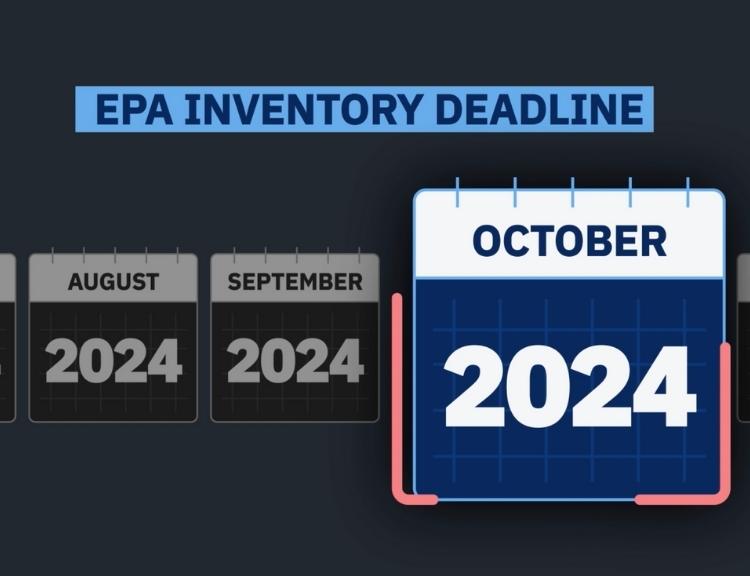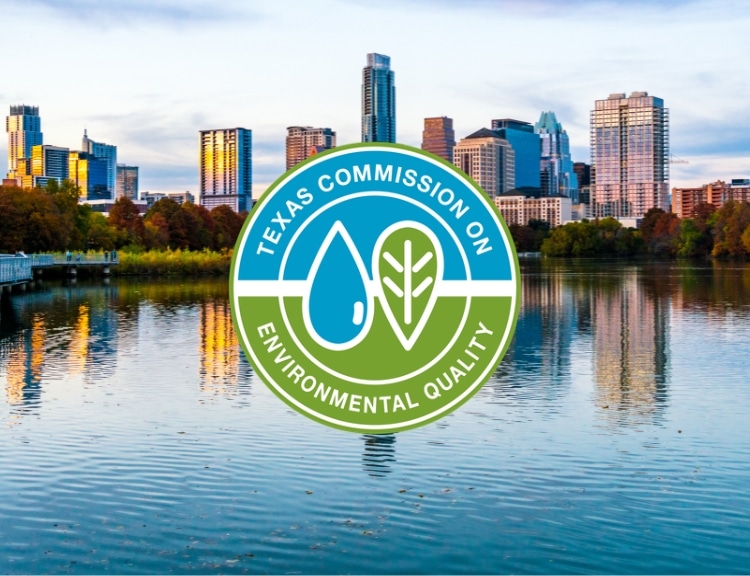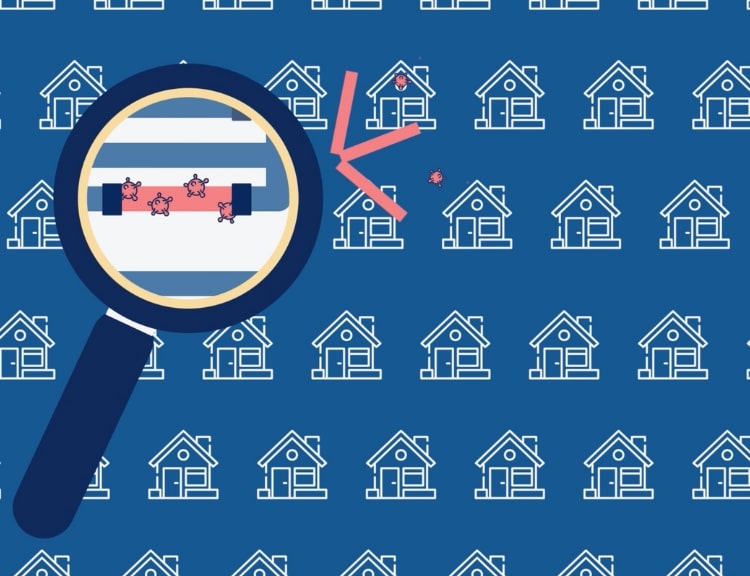Replacing Lead Service Lines with Predictive Modeling Video Transcript
There are believed to be 6 to 10 million lead service lines in use throughout the United States.
These lead lines continue to be the primary source of lead contamination in our drinking water.
But finding and replacing these lead lines is no simple task.
We don’t know where the lead is.
So, how do you start when you don’t have the full picture?
America’s utilities have historical records that are incorrect and unreliable.
Predicting lead by home age is a good start, but it’s not enough.
You can dig up everywhere in the city, but it’d be inefficient, inequitable, and just not practical to do so by the EPA inventory deadline of October 2024.
So, how will your water utility meet this goal? By leveraging predictive modeling.
Yes, predictive modeling is an accepted service line investigation method per the EPA guidance.
Enter BlueConduit.
We use predictive modeling and machine learning to deal with all the uncertainty.
But an inventory is not just a one-time project; it is an iterative process.
With every dig, our platform is updated with new information, so that it can learn, improving its predictions, and updating your smart inventory, so that you can communicate progress to your residents and your state regulator.
With BlueConduit, your utility will reduce cost, increase efficiency, increase equity, and support healthy, thriving communities.
Start to get the lead out today and visit BlueConduit.com
About BlueConduit
The BlueConduit team has been helping water systems identify, prioritize, and replace lead service lines (LSLs) since 2016. Let us help you plan your lead service line replacement (LSLR) program, inventory your LSLs, and optimize your LSLR efforts.





